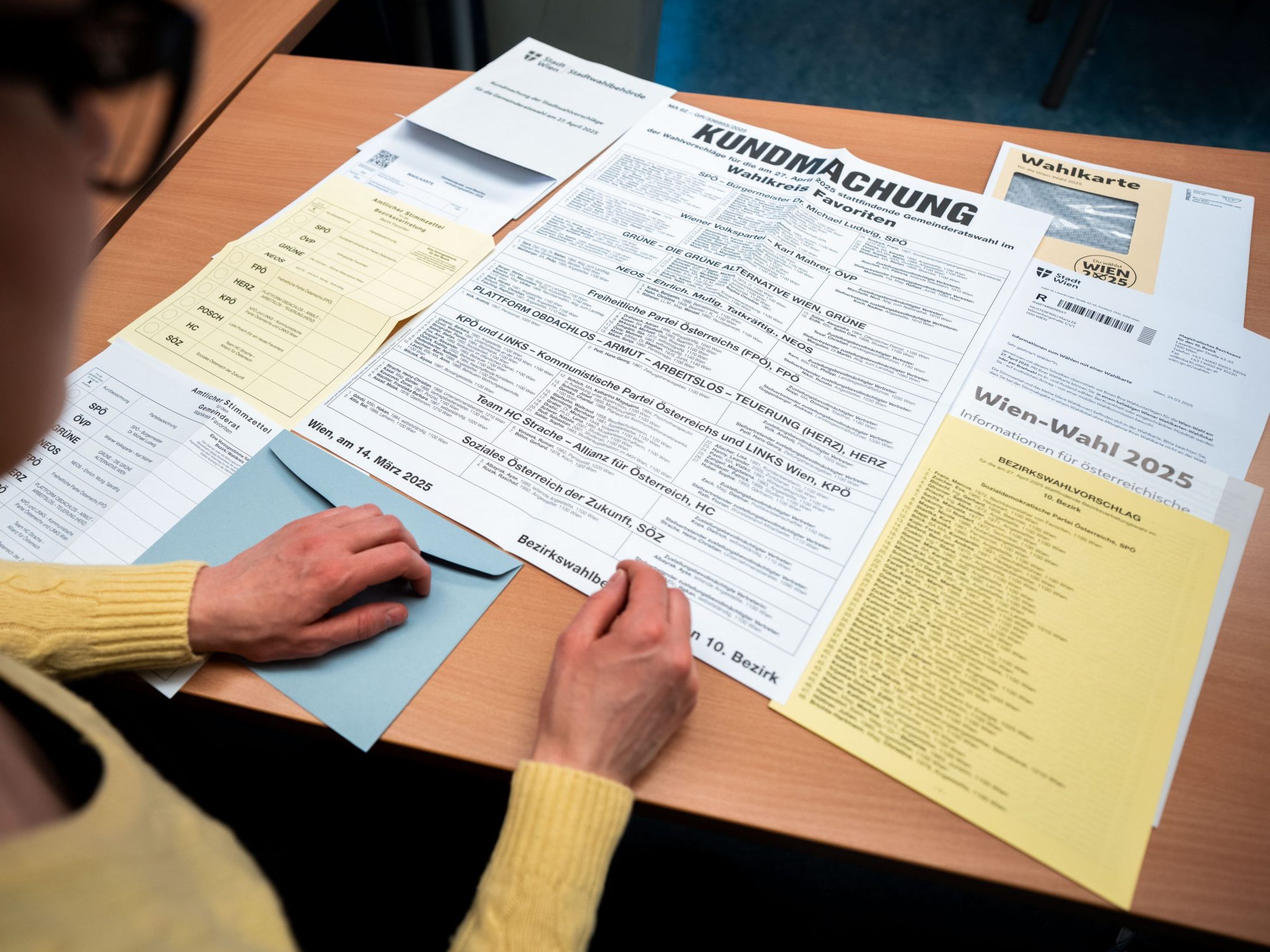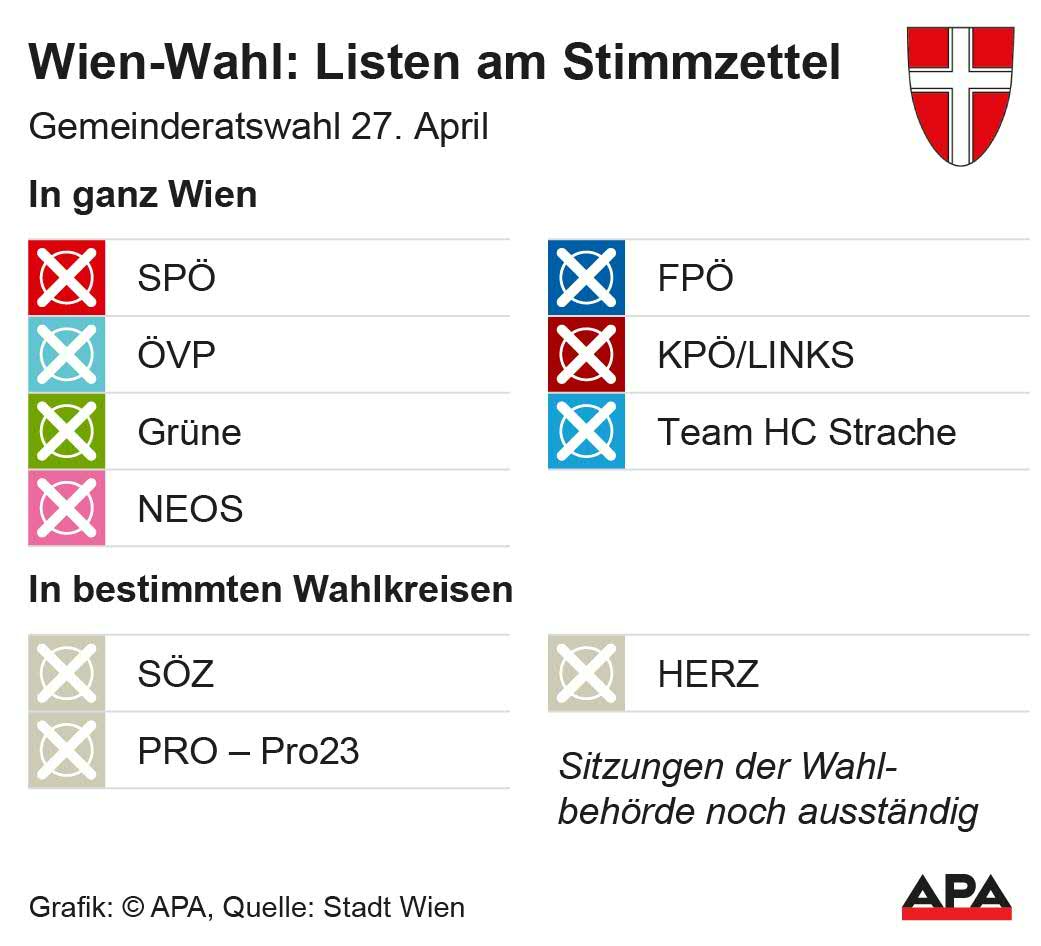Why the Ballot Looks Different Depending on the District in the Vienna Election 2025

On April 27, Vienna will vote. Ballots are essential for this, and they are already being printed. Every eligible voter is allowed to fill out two copies, one for the municipal council and one for the district council election. Naturally, they do not look the same everywhere, because the lists standing for election differ depending on the electoral district or district. Not all parties are running everywhere. However, seven parties will be on the ballot citywide.
Seven parties are running citywide in the election
In addition to the regulars SPÖ, ÖVP, Greens, NEOS, and FPÖ, two other lists have gathered enough signatures to run: the former FPÖ leader Heinz-Christian Strache with his team HC Strache (HC) and the alliance KPÖ and LINKS (KPÖ). For a citywide candidacy at the municipal council level, those parties not represented in the city parliament had to collect 100 declarations of support in each of the 17 electoral districts.
Ballots for Vienna election differ by electoral district
In addition to the citywide candidacies, there are three lists that will only be found on the ballot in some electoral districts: The party SÖZ (Social Austria of the Future) has submitted election proposals for all districts except Inner-West (consisting of districts 7, 8, and 9), Hietzing, and Döbling. The list PRO 23 is running again in Liesing, while the list HERZ is only running in the Favoriten electoral district.

In the district council elections, one can choose SPÖ, ÖVP, Greens, NEOS, FPÖ, or KPÖ in all 23 districts. Additionally, there is a larger number of groups that are not running in all districts. Specifically, 17 different lists have submitted election proposals with enough signatures, with some even wanting to run in only a single district.
Over 1,500 polling stations open on the day of the Vienna election
In the municipal council election, exactly 1,109,936 people are eligible to vote. In the district council elections, it will be 1,374,712 people, as 264,776 non-Austrian EU citizens are also allowed to go to the polls. The ballot can be filled out in a total of 1,504 polling stations - or at home or at the district office if one chooses to vote via postal ballot or absentee ballot.
(APA/Red)
This article has been automatically translated, read the original article here.





